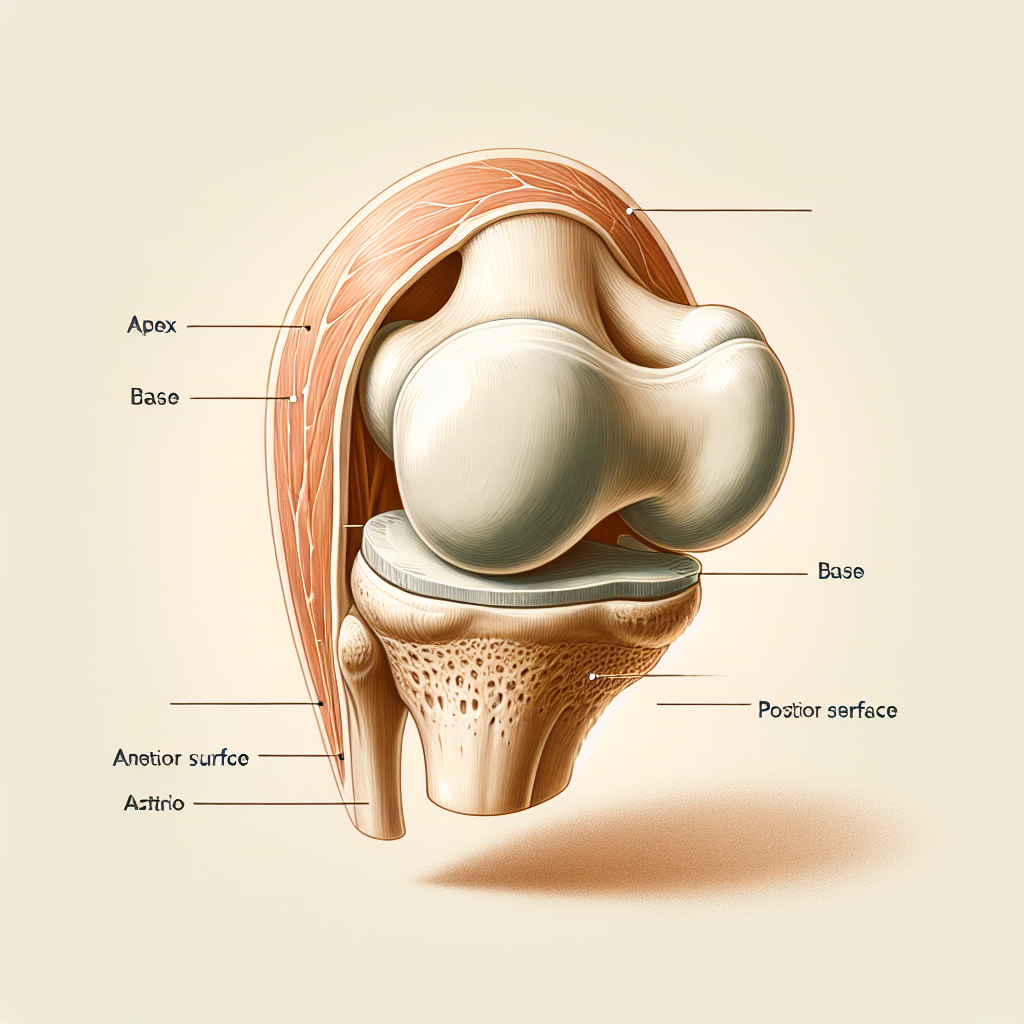Software quality preservation and error prevention benefit most from regression testing since new features and upgrades continue to appear in systems. Each new code update allows development teams to guarantee proper functionality by performing regression tests after implementation. The article evaluates popular automated testing technologies while emphasizing agile regression testing strategies and describing their core execution methods.
The agile development environment heavily relies on regression testing to ensure its effectiveness. The updated code functions undergo testing which checks them against previous established programs. Agile development projects require the testing procedure because new features and system upgrades need it.

The testing checks new issues rapidly to confirm application functionality after all modifications have been implemented. Early detection of defects via regression testing becomes vital for development because it reduces costs both during development and post-release phase. From rapid problem solving arises software products with superior quality and dependability which results in increased customer satisfaction.
Regression testing CI/CD pipeline requires automated regression testing to achieve successful delivery with high speed. Software quality remains high with automated regression testing because it shortens the process for code evaluation in main branches before client delivery. Teams can achieve improved user experience alongside sustained software stability for which they deliver greater value to end users.
The regular execution of regression tests supports both software steadiness control and issue discovery abilities for CI/CD pipeline activation. The success of complete test automation integration relies extensively on this stage. Teams can perform quick reliable test suite execution through regression testing technologies which also helps them prevent other subtle issues to reach full test coverage.
Agile development requires suitable automation testing tools since products get released rapidly. Teams achieve time savings and ensure software reliability and automate repetitive tasks through the use of these solutions. Agile teams often deploy several famous regression testing tools among which are: Web application testing automation uses the open-source platform called Selenium that is popular with developers.
Web-based regression testing requires Selenium because this tool enables user simulation along with support for diverse programming languages. The application support solution TestComplete offers desktop and mobile and web application compatibility. The interface and built-in reporting capabilities in this platform boost the efficiency of regression testing operations.
Ranorex stands out through automated complex test scenarios which provide instant execution visibility to teams for fast intelligent decision-making processes. Ranorex provides agile teams with a commercial solution suitable for their needs since it combines reporting features with easy adaptability. Two main advantages of using these automation testing tools solutions are complete regression testing coverage and improved software quality and delivery speed.
These tools enhance development teams in building precise development processes that are flexible and operationally efficient. Specific strategic approaches need implementation to achieve successful regression testing within agile development frameworks Automating regression tests through a specific strategy defines the foundation for running efficient regression assessments. Selenium alongside Katalon Studio and TestComplete and Ranorex enables teams to lower expenses and quicken feedback delivery with their tools for automatic repeated testing.
The implementation of automated testing enables maximum use of available resources following time savings. Test case priorities need determination because test cases exercise different levels of significance. Teams must utilize importance ratings to arrange tests based on their criticality together with their frequency of modification and risk of defects.
Continuous code validation needs regression testing to be built within a CI/CD workflow infrastructure. The automated implementation of regression tests should run through the build and deployment procedure. Thorough testing of every updated code prevents accumulation of errors before merging changes to the main branch.
The effectiveness of accurate testing requires specialized production testing environments that reflect the original setup for testing purposes. The efficiency of regression testing depends on effective setting control for genuine issue detection as well as positive result reduction. Regression testing system performance becomes more identifiable through the combination of analytical data and continuous monitoring systems.
Sound decision-making emerges from studying test results with resource allocation strategies based on patterns that cause adverse effects to these components. Code modifications lead to outdated test scripts and elevated numbers of tests. Groups which handle this situation should implement the following approach: The detection of faults along with decreased testing periods can be achieved by directing efforts toward high-risk regional test cases.
Tester organizations should utilize regression testing solutions to execute regression testing Scalably and effectively. Periodic tests and updates of test cases under the Incremental Testing approach maintain complete test coverage even while code changes occur. Agile development continues to need regression testing as part of its mission to provide steady high-quality software deployments.
A team can offer its product with confidence when it ensures planned enhancements will not disrupt its core functionalities. Agile success relies on regression testing as the critical factor that helps teams complete projects successfully and satisfy their customers' needs. Highest caliber software can be achieved when agile teams enhance quality through efficient regression testing thus exceeding expectations.
.
















